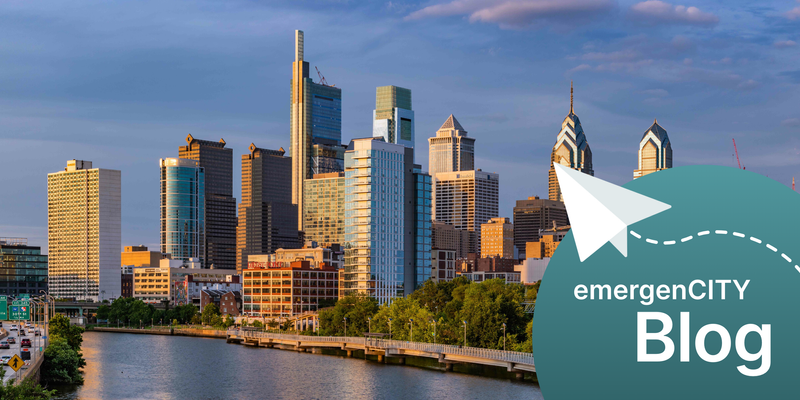Our trip to the SSRR 2023 conference in Fukushima, Japan, was an unforgettable experience as part of Team Hector. As two dedicated students and one research assistant, we had the honor to present our emergenCITY-funded research work: “Radiation Mapping with Mobile Robots” and “Hector UI”, an innovative user interface for rescue robots.
The conference provided an excellent platform for exchange with international experts and representatives of the Japan Atomic Energy Agency (JAEA). We were particularly proud of the nomination of our Radiation Mapping paper for the Best Paper Award - a significant recognition of our research.
In addition to the academic highlights, technical tours of the JAEA site and the Fukushima Robot Test Field provided fascinating insights into the application of robotic technology for decontamination and in real disaster scenarios. The exhibition at the “Great East Japan Earthquake and Nuclear Disaster Memorial Museum” was particularly moving and informative.
Following the conference, we visited the site of our partner institute IRIDES at Tohoku University. There we were introduced to the research at the Tadokoro Laboratory, which ranged from drone take-off, landing and transport platforms, novel drive technology and innovative gripper concepts to the use of dogs in rescue scenarios. The exchange about innovative robotics projects and the time spent together with the researchers were inspiring.
This trip was not only an academic mission, but also a personal enrichment that deepened our understanding and passion for robotics in disaster relief. We have returned with new ideas, inspiration, and valuable contacts, ready to take our research further.
Author:
Stefan Fabian is a scientist at TU Darmstadt in the Simulation, Systems Optimiza-tion and Robotics Group.



